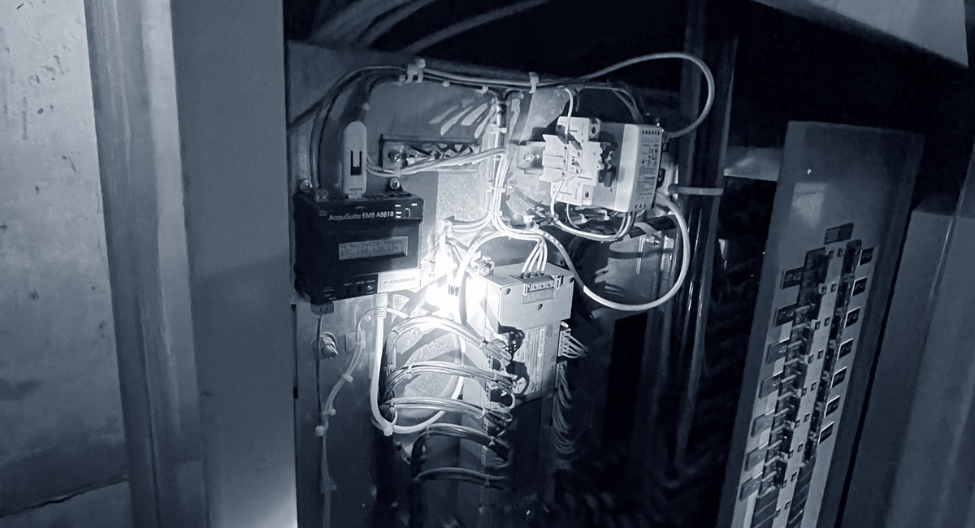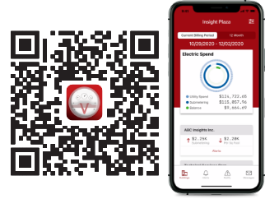Why It's Important to Verify Your Submeters
Approximately one-third of electric submeters are installed incorrectly. Learn what's needed to make your meters (and data) accurate.
Many properties make the mistake of thinking that their electric submeter data is automagically accurate. Let's take a moment to talk about why this just ain't so and what to look out for.
The reality is that interval meter reading can give you amazing insight into your operations, but only if you verify your data regularly (we recommend verifying one-third of your meters annually). Without verification, you have no idea what your consumption actually is. Also, if your energy data isn't accurate, you can't see which behavioral or system changes have real impact.
Here are the three main areas where remote reading systems for measuring electrical consumption can go wrong.
1. Incorrect Meter Installation (i.e., incorrect voltage or amperage phasing)
According to our internal findings, approximately one-third of electric submeters are installed incorrectly (often the phases or current sensors are reversed). Incorrect installation results in underreporting of electric consumption by 30%. Now you’re overpaying for electricity (and likely also overcharging some tenants for common area costs).
Personnel who have never validated the readings at the meter sometimes believe their readings are accurate because the pattern of values “looks right.” But that just means the data looks the same as it always has. That doesn’t mean the readings are right.
2. Data Miscommunication (i.e., wrong reading, wrong place, wrong time)
Like a game of telephone, the potential for miscommunication as data moves around is huge. Here are some of the ways that the data exchange can go wrong:
- Mismapping of data. The order of the data varies from one meter type to another. For example, Meter A may organize the columns in its data file as time stamp, kW, and amps, while Meter B orders them by amps, time stamp, and kW. It’s important to verify the readings at the meter to the data the meter is sending.
- Data not time-stamped at the meter and/or time stamp not carried with each reading. You need both the consumption reading and the time of the reading for that value to be useful.
- Changes to format or meter info. A relative of mismapping, changes to the file header or the “name” or address of the meter throw off the data’s alignment. Suddenly, the data going into your spreadsheet is organized differently.
3. Data Loss (I.e., nulls, zeroes, repeats, and MIAs)
Data loss happens all the time. Sometimes the losses are momentary; sometimes they are comprehensive. Here are some of the main causes of lost data:
- Cut wire. It’s a fact of renovation that wires get cut. It’s not unusual for a meter to suddenly “go missing.”
- Use of BAS to manage the submeter system (or other lack of a dedicated system). This topic is big enough that we’ll cover it in another article (coming soon). To cut to the chase, your BAS isn’t a good solution for gathering and delivering your electric submetering data because a BAS isn’t designed to handle the volume, frequency, or detail of meter data, which means it’s not sending the quality of data needed. (If you’ve ever seen the candy conveyer fiasco from I Love Lucy, it’s a bit like that.)
- Electrical disruption of digital signal. Communications wires to collect meter data aren’t always installed to the right spec. Electrical interference and miswiring will affect the signal’s quality, which affects the quality of your submetering data.
- Loss of internet connection during data transfer. Unfortunately, it’s all too common that the data collector isn’t programmed to check that sent data was actually received. If the connection went out at just the wrong moment, the file may not have made it to its destination.
- Loss of power to meter or data collector. Breakers get turned on and off all the time, which disrupts the ability to take readings or collect them. The result is nulls (or blanks) in your data.
The risks of not verifying your electric submeter system directly affect your bottom line. Addressing installation problems, data miscommunications, and data loss can help you recoup your true costs, maximize your building’s profitability, and provide accurate, auditable data for tenant reporting.
Ready to discuss how we can help your organization?
Contact one of our energy experts to discuss your needsAbout utiliVisor
Your tenant submetering and energy plant optimization services are an essential part of your operation. You deserve personalized energy insights from a team that knows buildings from the inside out, applies IoT technology and is energized by providing you with accurate data and energy optimization insights. When you need experience, expertise, and service, you need utiliVisor on your side, delivering consistent energy and cost-saving strategies to you. What more can our 40 years of experience and historical data do for you? Call utiliVisor at 212-260-4800 or visit utilivisor.com

